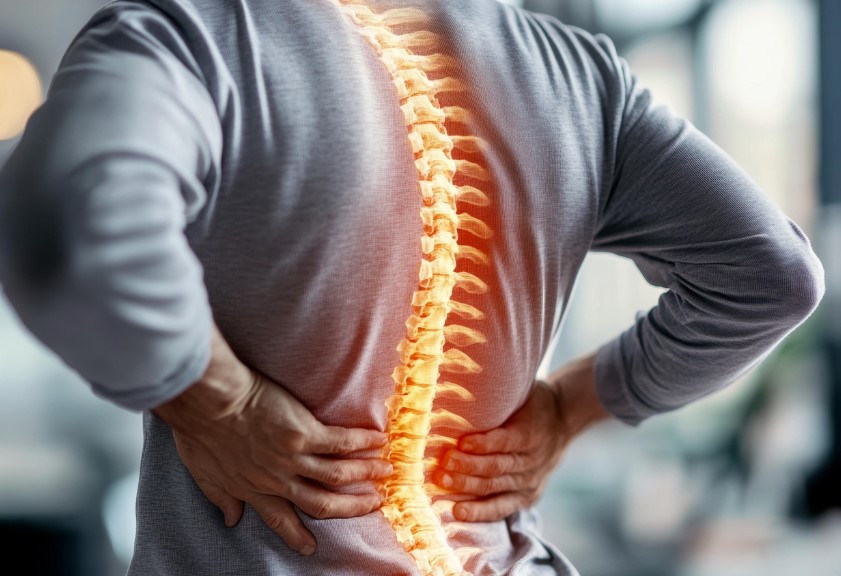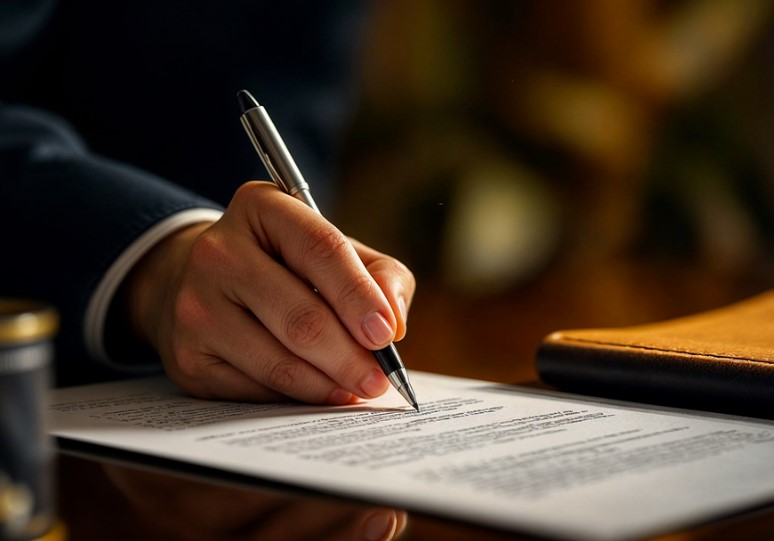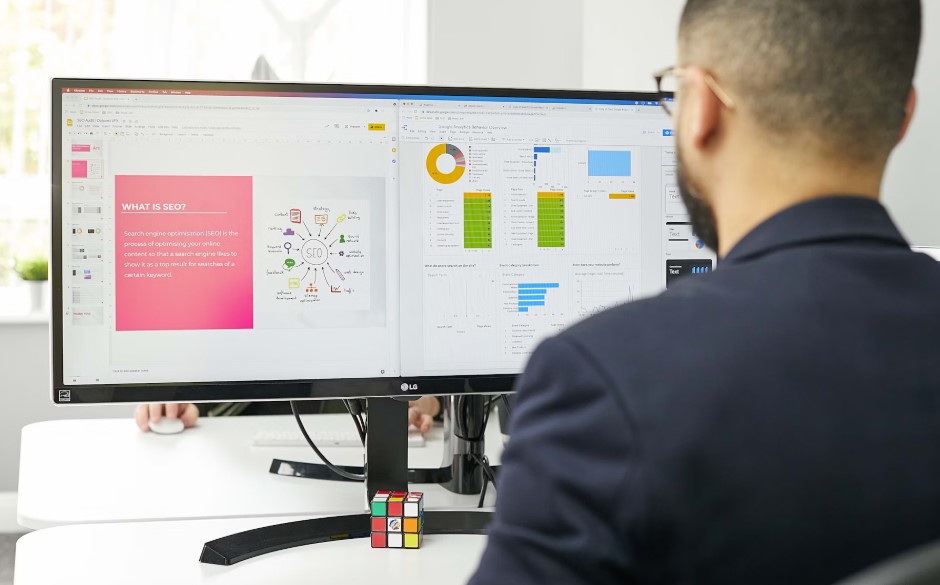Top 10 Non-Surgical Options to Treat Scoliosis

Scoliosis is a health condition marked by a sideways curvature of the spine. This condition can range from mild to severe. Although surgery is sometimes the only way to treat it, in most cases, it can be managed other ways too.
This is particularly true for those people who have mild to moderate scoliosis. These methods are exceptional for reducing discomfort, improving posture, and preventing possible further progression. Here are the top 10 non-surgical options for treating scoliosis, explained in detail.
Physical Therapy
One of the most popular and most widely recommended non-surgical treatments for this condition. Physical therapy focuses on strengthening the muscles that support the spine, improving flexibility, and correcting posture.
Schroth Method and SEAS (Scientific Exercise Approach to Scoliosis) are specialised techniques that use targeted exercises tailored to the individual’s curvature and needs. Thanks to these programs, the patients can quickly master spinal self-correction. Not only that, but they also help promote postural awareness and redistribute muscular forces across the spine.
Chiropractic Care
Chiropractic treatments are also valuable when it comes to treating conditions such as scoliosis. They usually offer relief from scoliosis-related discomfort by improving spinal mobility and reducing muscle tension. With spinal adjustments, joint mobilization, and soft tissue therapies, these specialists try to enhance function and alleviate pain.
Although chiropractic care does not straighten the spine or stop curve progression, it can still improve quality of life by enhancing posture and relieving pressure on nerves. If done properly, it can even restore a sense of balance and alignment.
Massage Therapy
Massage therapy is one of the most effective ways to improve one’s overall health. As far as scoliosis is concerned, massage therapy can help reduce muscle tightness and pain commonly associated with the condition. True experts will target areas of muscular imbalance. This way, they release knots and tension that develop from chronic postural compensation.
Several techniques can be helpful for improving circulation, promoting relaxation, and relieving discomfort in the back, shoulders, and hips. Some of those techniques are deep tissue massage, myofascial release, and trigger point therapy. Although massage on its own won’t affect the curve itself, it can significantly ease the physical stress that scoliosis places on the body.
Yoga and Stretching
After massage therapy, yoga is also worth mentioning as a non-surgical way to treat scoliosis. Yoga may is a gentle, but pretty powerful way to manage scoliosis. Yoga enhances body awareness, flexibility, and muscular balance through controlled movements and breathwork. Some yoga poses can even help elongate the spine, strengthen weakened muscles, and correct imbalances.
Practicing regularly will encourage spinal alignment, improve breathing patterns, and foster overall relaxation. Combined with massage or some other treatment, yoga could be instrumental in relieving discomfort and improving posture and function. To ensure the most effective results, it’s best to follow a program designed specifically for scoliosis.
Bracing
Another pretty effective method in scoliosis treatment is bracing. This is particularly effective for adolescents as their bones are still growing. Briz Brain & Spine offers this non-operative treatment that can prevent further curvature, especially during critical growth periods.
Some custom-designed braces can do wonders in treating scoliosis. They apply corrective pressure and support the spine in a more neutral alignment. While each brace type varies in design and use, the goal is the same: to stop the progression of the curve. To get the most out of bracing, it needs to be worn consistently, often for 16 to 23 hours a day.
Acupuncture
Acupuncture is a special technique rooted in traditional Chinese medicine. Today, it’s often used to relieve scoliosis-related pain. This technique includes fine needles inserted into specific points on the body to stimulate energy flow, reduce inflammation, and activate natural painkillers like endorphins.
However, it’s important to note that acupuncture probably won’t be enough to solve this health issue. What it can do is alleviate symptoms such as chronic back pain, muscle stiffness, and tension. It is a non-invasive drug-free way to enhance overall well-being and comfort.
Posture Training and Ergonomics
To properly manage scoliosis, one must focus on proper posture and ergonomic awareness. This is particularly important for anyone working at a desk or spending hours sitting down. Poor posture can worsen spinal misalignments and lead to increased discomfort over time.
Learning how to sit, stand, and move helps reduces the uneven stress placed on the spine. Simple changes - using an ergonomic chair, adjusting screen height, or practicing regular posture checks, can significantly improve spinal health.
Electrical Stimulation
Electrical stimulation, also known as neuromuscular electrical stimulation (NMES), is another way to treat scoliosis. This refers to the use of mild electrical currents to activate specific muscle groups. In scoliosis treatment, this method targets weaker muscles along the spine to improve strength, support, and symmetry.
Over time, regular sessions may enhance muscular control and reduce imbalances that contribute to curvature progression. Though still considered experimental in some cases, it can work as an adjunct therapy and is sometimes incorporated into a broader rehabilitation plan.
Nutritional Support and Supplements
Nutrition may seem as insignificant in scoliosis treatment, but that is far from the truth. On the contrary, a balanced diet rich in bone-supportive nutrients is essential for maintaining bone strength and muscle health.
Calcium, magnesium, and vitamin D are just some of the supplements necessary in the treatment. Deficiencies in these nutrients may contribute to weakened skeletal structures, particularly in children and adolescents undergoing growth spurts.
Aquatic Therapy
Finally, aquatic therapy, or hydrotherapy, refers to exercising in a pool to take advantage of the water’s buoyancy and resistance. The reduced impact on joints and spine makes it ideal for individuals with scoliosis who may experience pain or mobility limitations.
Water exercises can improve balance, flexibility, and muscle strength in a safe and supportive environment. Swimming, water walking, and resistance movements all help enhance spinal support while minimizing the strain that traditional workouts might impose.
Conclusion
Although scoliosis is not a simple condition to have, it doesn’t always require surgical intervention. Thanks to an early diagnosis and a multidisciplinary approach, people can lead active and pain-free lives. These non-surgical treatments, whether used alone or in combination, offer meaningful ways to manage symptoms and prevent further curvature.
Note: IndiBlogHub features both user-submitted and editorial content. We do not verify third-party contributions. Read our Disclaimer and Privacy Policyfor details.







